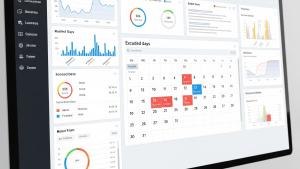
Observability: A 21st Century Manifesto
Developers and engineers who apply observability average less than half the time troubleshooting problems than those who don’t. We asked them to share the main principles they apply and compiled the top ten.
Learn how observability makes their jobs easier with:
- Visibility across the entire software system
- Confidence to make changes without breaking things
- Fireproofing with context into hotspots, not just firefighting
- More sleep with prioritised alerts beating alert fatigue.
And learn six questions to ask if your organisation is ready to progress from passive monitoring to active full-stack observability.


